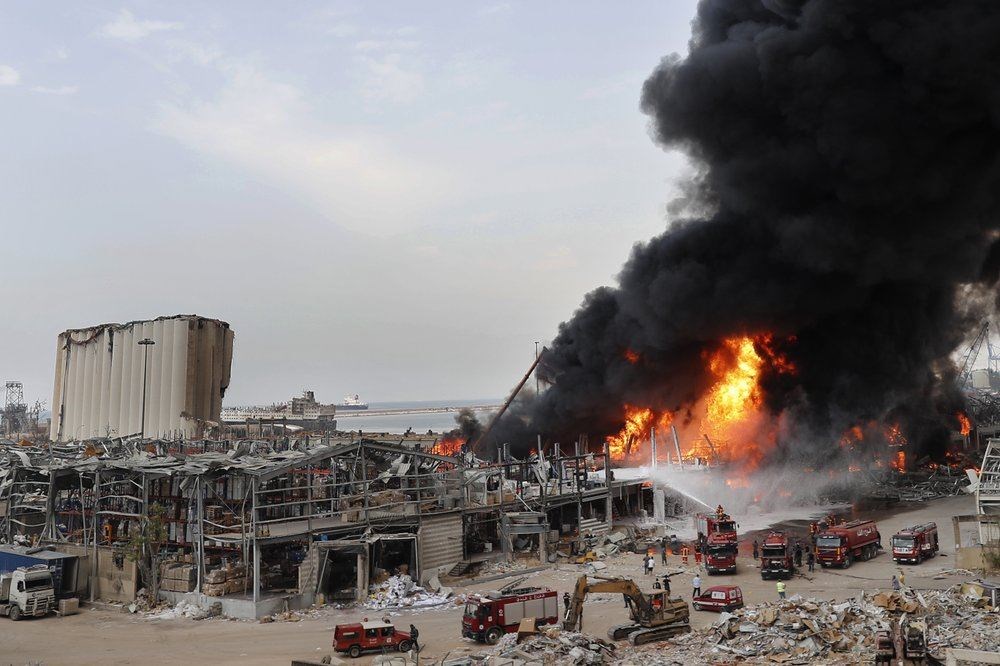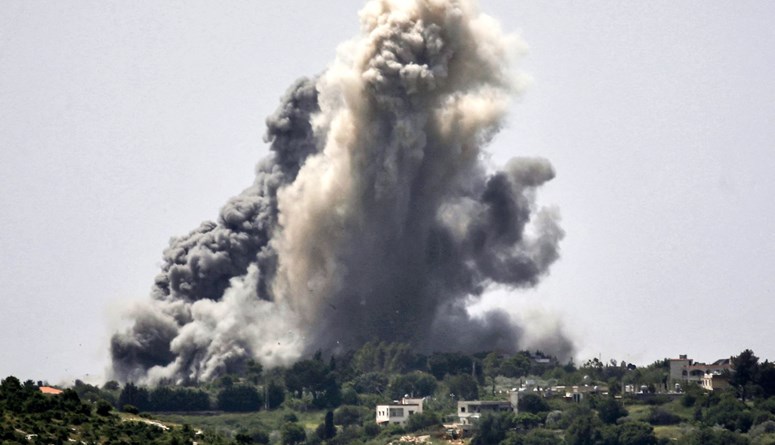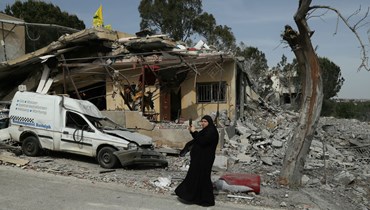The ramifications of the Beirut port fire on the environment and on human health
By Rim Khamis
The question that Lebanese people have been asking themselves for the past few month is “how more can we endure?”. A month and 6 days after the devastating port blast, the explosion site is once again on fire. This dreadful event brought back the painful memories to the traumatized Lebanese people as many experienced having “déjà vu”.
Fortunately, the fire that broke on the 10th of September at the port has not caused any serious injuries, and the tangible damages are limited to property and economic losses. However, it is important to highlight that fires inflict indirect adverse impacts which could take some time to be perceived or felt.
According to researchers on natural and man-made hazards at the Oregon State University, the short-term effects of a fire are mainly concentrated at the vicinity and the immediate surrounding area of the event. However, long-term effects can impact a larger scale, and the list of resulting hazards can be extensive.
Impact on the environment and on climate
Karina Corada-Perez – PhD candidate at the Center for Environmental Policy at Imperial College London – highlighted that the smoke released from any type of fires is toxic and has serious ramifications on the environment, on climate and on human health. Corada-Perez elaborated that smoke generally contains carbon dioxide (CO2), carbon monoxide (CO), particulate matters (PM) and other toxic chemical such as dioxins.
According the New York State health department, depending on the cause and type of fire, its temperature as well as the amount of available oxygen, the quantity and size of particles as well as the types of chemicals released into the air can vary.
The port fire lead to the burning of various commodities and products including houseware, car tires and oil. ELAW stated that the burning of tires is quite noxious as it leads to the breakdown of synthetic rubber complexes. The thick dark smoke issued from the fire that occurred at the port thus contains an array of chemicals such as carbon dioxide, carbon monoxide, PM, sulfur dioxide (SO₂), cyanide, aldehyde and products of styrene and butadiene, among others.
The release of these chemicals into the atmosphere leads to the contamination of the soil, the air, and the water (due to the proximity of the fire site to the sea). This poses the risk of the harmful effect of chemical reactions that could occur, and which could be more harmful than the chemicals themselves.
Corada-Perez explained that the CO₂ found in the smoke and released into the atmosphere is among the principle greenhouse gases leading to the warming of the planet. Climate change is a serious concern as it has various direct and indirect impacts such as an increase in the intensity and frequency of heavy rainfall, increased temperatures as well as reduced water availability and droughts.
Impacts on human health
Dr. Patrick Zamora – an interventional cardiology and advanced cardiovascular imaging fellow at the University Hospital Center Henri Modor in Paris – told Annahar that fire-smoke and air pollution have a series of harmful impacts on human health.
He stated that air quality in Lebanon, according to the value of the Air Quality Index (AQI), is acceptable (ranging between 50 and 100 on a scale of 500). However, he explained that this value can be impacted by punctual events such as the devastating blast of the 4th of August, the Port fire of the 10th of September, as well as other wildfires that occurred in the country, as more toxins were released into the atmosphere. When the AQI exceeds 100, the air becomes unhealthy, this could affect some people that are more vulnerable than others such as pregnant women, children, elderlies, and people with chronic diseases.
Dr. Zamora explained that particulate matters and pollutants have a cardiometabolic effect, which means they increase the risk of cardiovascular morbidity and mortality. The effects could start to appear few days after the exposure of the individual to these toxins. The risk is proportional to the level of exposure.
According to Dr. Zamora, particulate matters, particularly the ones with a diameter of less than 2.5 microns, can reach the lungs and be absorbed in the bloodstream. Consequently, pollutants could have direct impacts on the cardiovascular system such as the increased risk of strokes, heart attacks, irregular heartbeats, and heart failures. Dr. Zamora also elaborated on the increased risk of cardio-related diseases including the increased risk of diabetes and blood pressure. He stated that other health complications could also be experienced. Once absorbed in the bloodstream, pollutants can impact the central nervous system leading to an autonomic dysfunction, activating human stress. Toxins can also lead to a systematic inflammatory response and favorize genetic mutation (which could eventually lead to cancer).
Dr. Zamora stated that it is important for people to limit their exposure to fire-smoke and pollution, especially if they are at a high risk to particle-related impacts. He added that surgical masks do not protect the lungs from fine particles. Particulate masks such as P-100 or N-95 could protect however these must be used correctly and should fit well. Dr. Zamora also highlighted that individuals could protect themselves by relying on air purifiers as these could help them get rid of 50% of PM. However, he believes that individual approaches are not sufficient for the protection of the public health and that the government have an important role to play in regulating emissions and limiting air pollution.
---
Rim Khamis graduated from the Lebanese American University with a Bachelor of Architecture degree and accomplished her masters in Environmental and Energy Management at the University of Twente in the Netherlands. Rim is currently undergoing her Ph.D. studies in Geography and Planning at the University of Pau and Pays de L’Adour in France after being selected as a laureate for the E2S Ph.D. Grant awarded for outstanding researchers in the field of Environmental and Energy Solutions. She is also working in collaboration with the Center for Environmental Policy at Imperial College London on topics related to environmental policies in urban contexts.


 اشترِك في نشرتنا الإخبارية
اشترِك في نشرتنا الإخبارية











